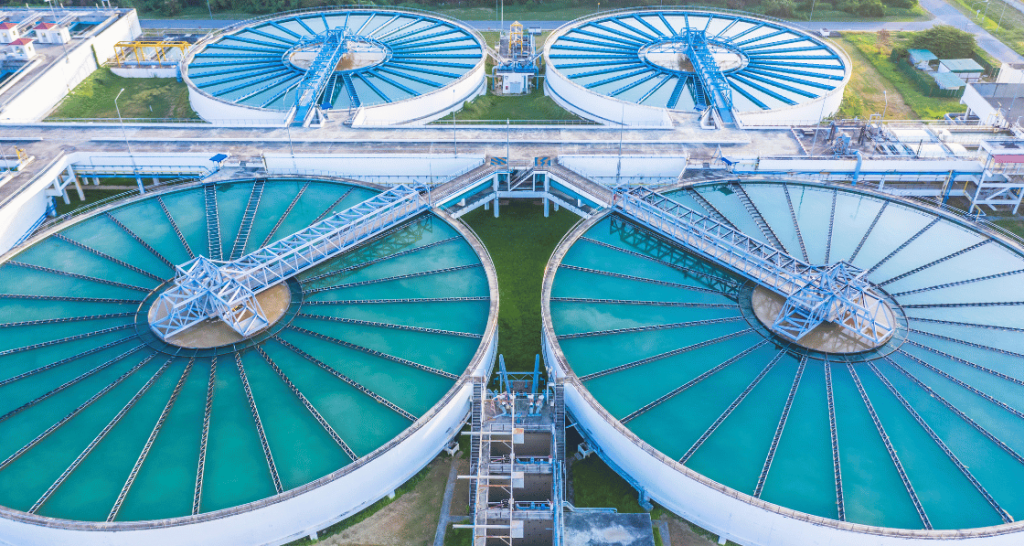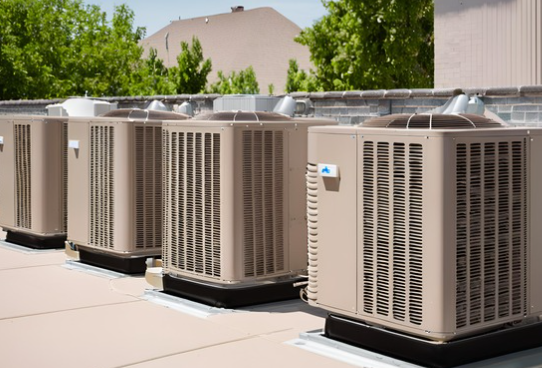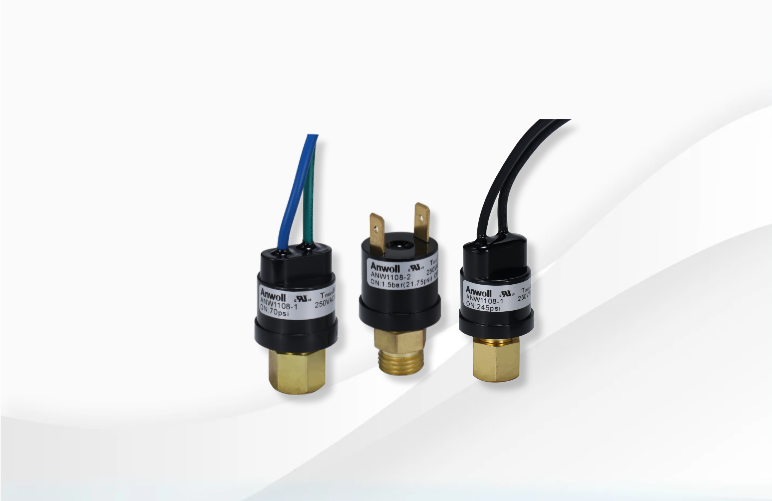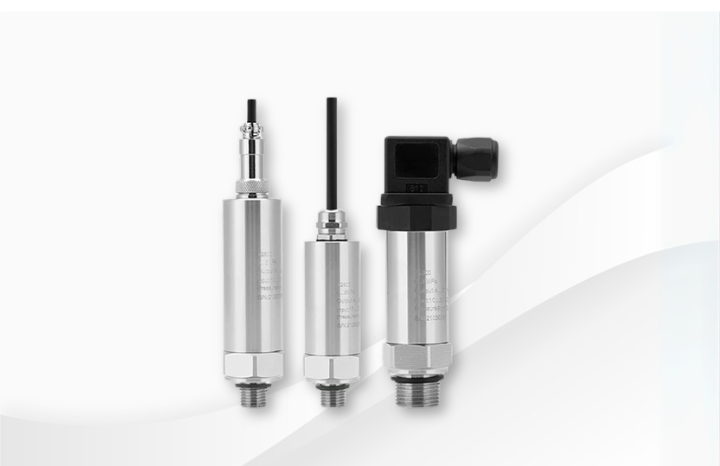The Application of Pressure Switches in the Water Treatment Industry

Opinion | Oct. 14th, 2024
Christopher David Thompson
Pressure Product Line Manager
Pressure switches play a crucial role in the water treatment industry, where they are used to monitor and control pressure levels in various systems.
These devices are essential for ensuring operational efficiency, safety, and compliance with regulatory standards. This article will explore the specific applications of pressure switches in water treatment processes, highlighting their significance and functionality.
Pump Control
One of the primary applications of pressure switches in water treatment is in pump control. In systems that rely on pumps to move water through filtration, disinfection, and distribution processes, pressure switches help maintain optimal pressure levels. When the pressure drops below a predetermined threshold, the pressure switch activates the pump to restore the required pressure. Conversely, when the pressure exceeds a set limit, the switch can deactivate the pump to prevent damage or overflow. This automatic control helps maintain a consistent flow of water and reduces the risk of equipment failure.
Reverse Osmosis Systems
In reverse osmosis (RO) systems, pressure switches are vital for monitoring the pressure of the feed water. RO systems require specific pressure levels to effectively remove impurities from water. Pressure switches ensure that the pressure remains within the optimal range for efficient filtration. If the pressure falls below the necessary level, the switch can trigger alarms or shut down the system to prevent damage to the membranes and ensure that the water quality meets the required standards.
Water Storage Tanks
Pressure switches are also used in water storage tanks to manage water levels and maintain consistent pressure in distribution systems. By monitoring the pressure in the tanks, these switches can control the operation of fill pumps. When the pressure reaches a certain level, the pressure switch can signal the pump to stop filling the tank, preventing overflow. This application is particularly important in municipal water systems, where maintaining consistent pressure is essential for reliable water supply.

Filtration Systems
In various filtration systems, pressure switches help monitor the pressure differential across filters. As filters become clogged with debris and contaminants, the pressure differential increases. By using pressure switches to monitor this change, operators can determine when filters need to be cleaned or replaced. This proactive maintenance approach not only improves the efficiency of the filtration process but also extends the lifespan of the equipment.
Leak Detection
Pressure switches can also be integrated into leak detection systems within water treatment facilities. By continuously monitoring the pressure in pipelines and storage tanks, these switches can identify sudden drops in pressure indicative of leaks. Early detection of leaks is crucial for minimizing water loss, preventing environmental contamination, and reducing operational costs. When a leak is detected, the pressure switch can trigger alarms or automated responses to address the issue promptly.
Chemical Feed Systems
In water treatment processes that involve chemical dosing, pressure switches help regulate the flow of chemicals. By monitoring the pressure in chemical feed lines, these switches ensure that the correct amount of chemicals is delivered to the water treatment process. This is particularly important in processes such as chlorination and pH adjustment, where precise chemical dosing is essential for maintaining water quality and safety.
Anwoll pressure switch
Anwoll is a leading developer of pressure measurement and applications, with a mature series of pressure switches suitable for daily and cutting-edge applications.
If you would like to learn more about our pressure switches, please contact us directly.





